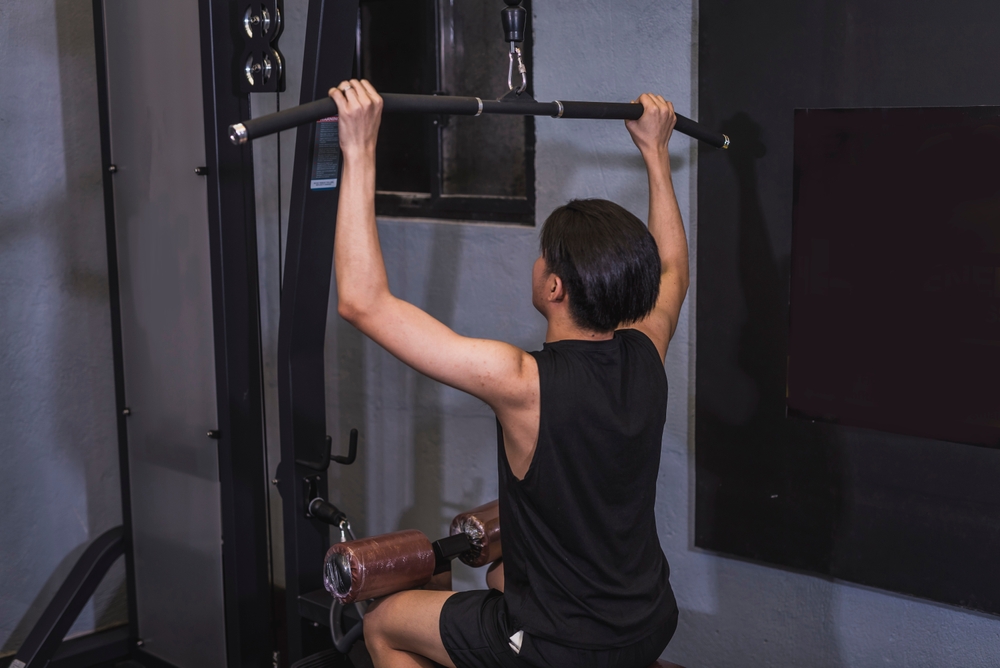
At Ballparks of America, we believe in creating a Major League experience with replica fields, pro-style locker rooms, and even walk-up songs. While your skills on the diamond are electric during game time, we all know that it starts with practice and training before you excel on the diamond. You achieve what you work hard to accomplish. You can go as far as you want to based on your day-in, day-out effort.
We understand that parents and coaches often have questions about when to start strength training, what exercises and workouts are appropriate, and how to balance it with other aspects of your youth baseball player’s development. That’s why we’ve created this comprehensive guide to help you navigate the world of youth baseball strength training.
Whether your young athlete is just starting out or looking to take their game to the next level, our goal is to provide you with the information and resources you need. We cannot stress enough that before your youngster starts any workout routine, we highly recommend making an appointment with your child’s pediatrician to get a full health check-up. Let’s get started on our guide to strength training for youth baseball players!
Strength training isn’t just about bulking up for the next youth travel ball season. It’s a way to elevate your game while developing the mental and physical discipline you need to have on every play. Think of strength training as an investment in a future filled with power, speed, and endurance. But it can teach you life lessons along the way about setting and achieving goals, sharpening your focus, and knowing that you’re an important part of a winning team.
From throwing better fastballs and stealing a base to diving catches and beating out throws, strength training can improve agility and power in your baseball performance as your family cheers you on from the stands. But the benefits extend far beyond the field. Strength training helps prevent injuries by building stronger muscles and bones. It also boosts confidence and mental toughness, essential qualities for any student-athlete.
Other benefits of strength training for youth baseball players include:

There are three main misconceptions about strength training that can make your investment in the time more worth it. No one loves doing repetitive tasks every day. And strength training takes time to see results. We get that. Just like hosting some of the best travel baseball teams in the world doesn’t happen overnight, the same is true for improving your strength.
The truth is, that starting strength training at a young age can lay a solid foundation for future athletic success. It develops more than just strength in the body. Strength training develops lifelong good habits for fitness and mental acuity.
Strength training complements baseball skills by building overall strength, power, and endurance. Sports=specific training tones the muscles correctly to make movements fluid and more effortless.
With the right guidance and variety, strength training can be fun and engaging for young athletes. There are countless exercises and workout routines to keep things interesting and challenging. We’ll show you how to change things up!

We cannot stress this enough. Consulting with your child’s pediatrician is vital ahead of starting any strength training program. The physician knows your child’s health history and has the expertise to monitor your child’s progress.
Here are some questions to ask your child’s pediatrician about strength training.
Is my child physically ready for strength training? This question will help determine if your child’s body is developed enough to handle strength training as something new.
What are the potential benefits and risks of strength training for my child’s age? Understanding the pros and cons of strength training.
Are there any specific exercises or programs you recommend? Your pediatrician may have suggestions based on your child’s development and goals.
How can I ensure proper form and technique to prevent injuries? Safe and effective strength training relies on correct form.
What are the signs of overtraining or injury that I should look for? Knowing the warning signs can help you monitor your child’s progress and address any issues promptly.
How often should my child engage in strength training? The pediatrician will understand what rest periods must happen to make sure your child has adequate rest in between workouts.
Should I consider a certified strength and conditioning coach for my child? If you feel your child needs additional guidance, your pediatrician can provide recommendations.
What about my child’s mental health? Your active youth baseball player has a busy schedule. You should understand the signs of burnout or being too busy.
Another point here is that strength training should not cause pain. If your child starts to feel pain beyond what muscles should feel as they tighten and grow stronger, stop the training immediately and consult with your child’s pediatrician.
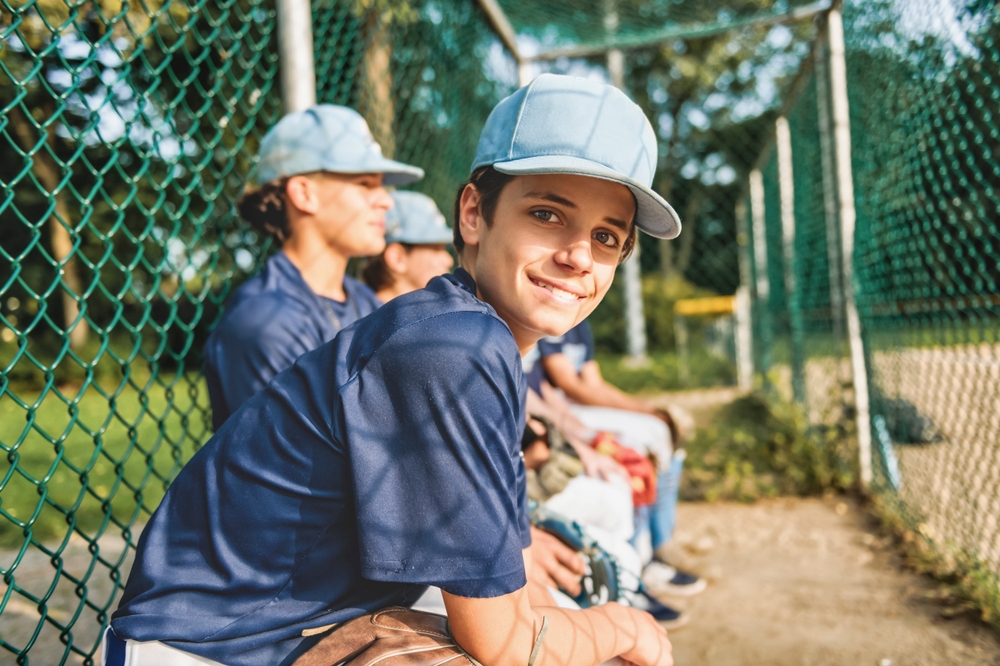
Your young athlete is just starting to develop into an adult. By the time youth travel, baseball has become part of their active lifestyle. Strength training for young athletes can create a solid foundation for future athletic success. It’s very important to start slow at this age because developing bodies are going through many gradual changes at this time in their lives.
The focus should be on bodyweight exercises, resistance bands, and light weights. These allow for controlled movements and help build strength without putting excessive strain on young bodies. It’s essential to prioritize proper form and technique over lifting heavy loads. Start with smaller weights and fewer repetitions to build strength gradually over time.
Now is not the point in your young athlete’s life to risk an injury. Remember, the goal is to create a solid base for future athletic development, not to build bulk. After a year or two, your youngster might have different priorities other than youth travel baseball, and that’s okay. You have given your child a trial run to see what they want to participate in and continue with as they grow! We’re happy to help with this in any way we can.
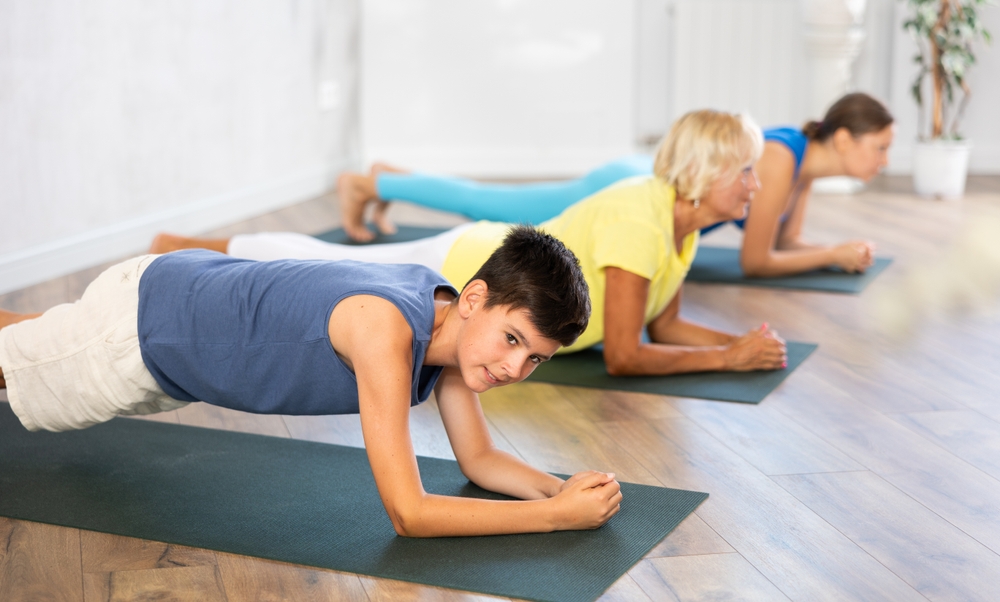
Upper body strength exercises focus on the arms, shoulders, and upper back. These four exercises utilize body weight as the resistance. Remember, fewer repetitions are appropriate at this point!
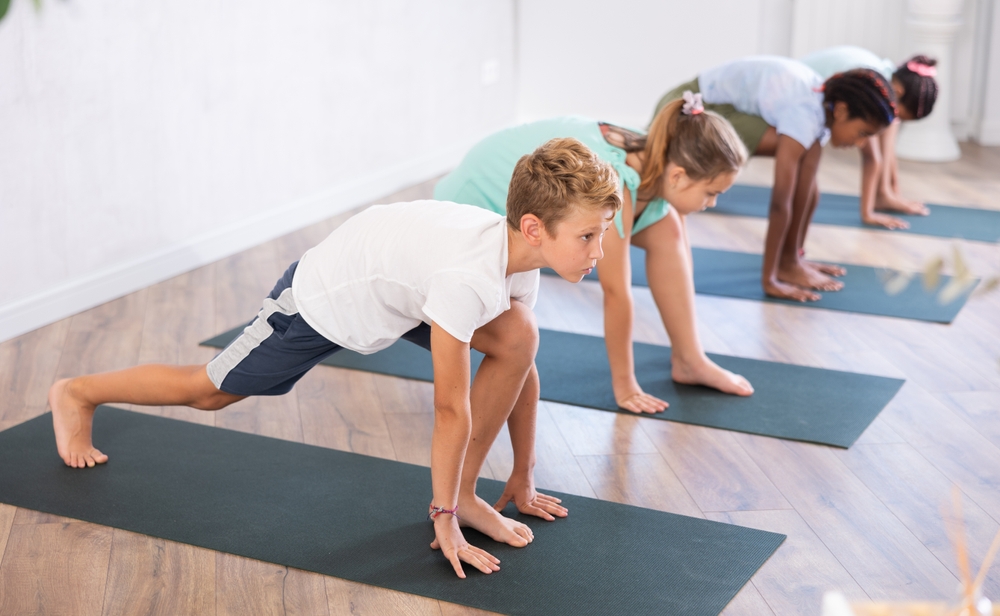
Lower body exercises focus on the legs. The idea is to have better power for running and fielding.
Your youngster can also try jogging, jumping rope, and bicycling as lower-body exercises. But, again, start slowly and work up to more rigorous routines.
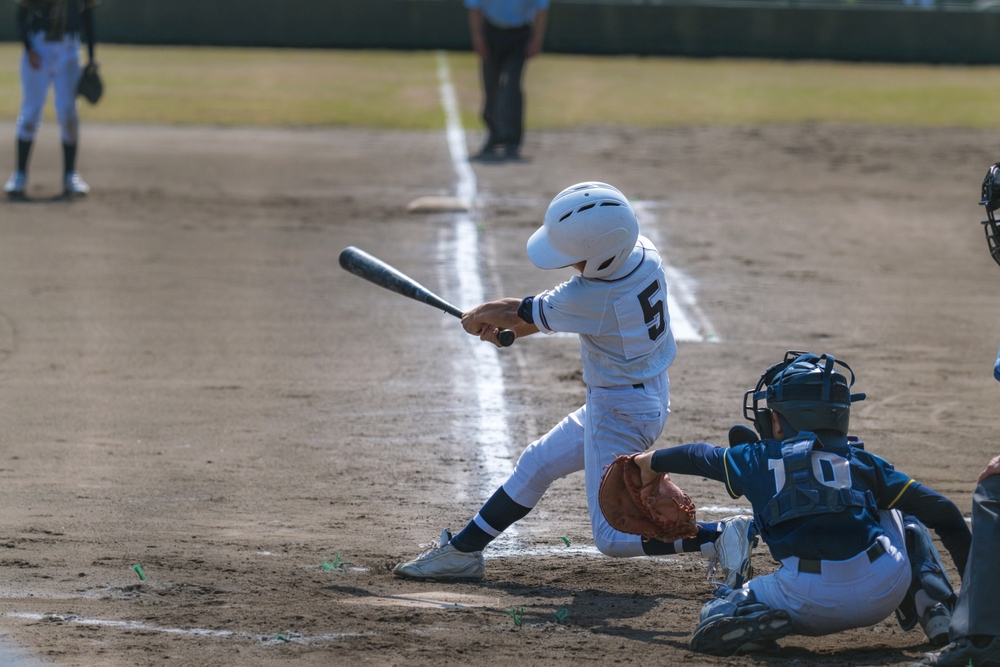
Core muscles are those in the abdomen, like the diaphragm and abs. Core exercises also have benefits for legs as many core exercises engage the thigh muscles.
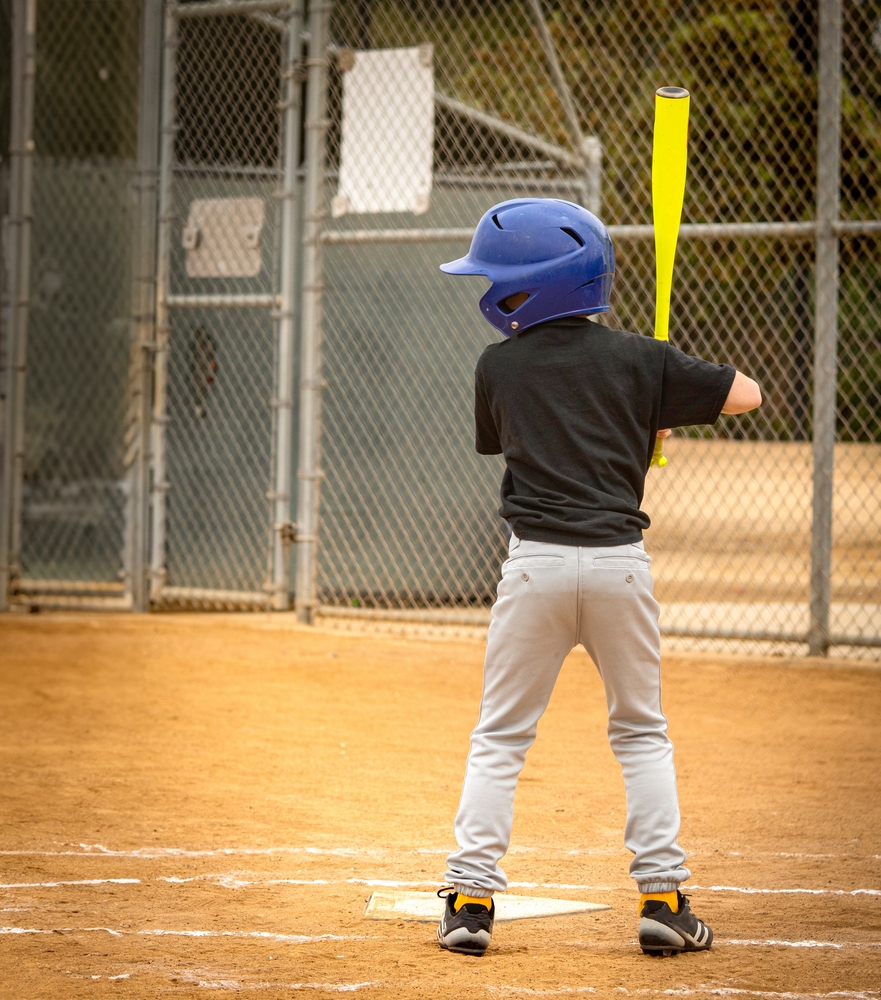
Now, we’ll dive into a strength training routine for your youth baseball player. Remember to prioritize school over athletics. At this stage, baseball players should love the game as a part of their lives. But academics should always come first in a student-athlete’s time.
Other tips with a strength training routine:
Remember to consult with a pediatrician or qualified coach before starting any new workout regimen. Always start and end with stretches. Maintain hydration during the workout, too, so your muscles have time to recover.
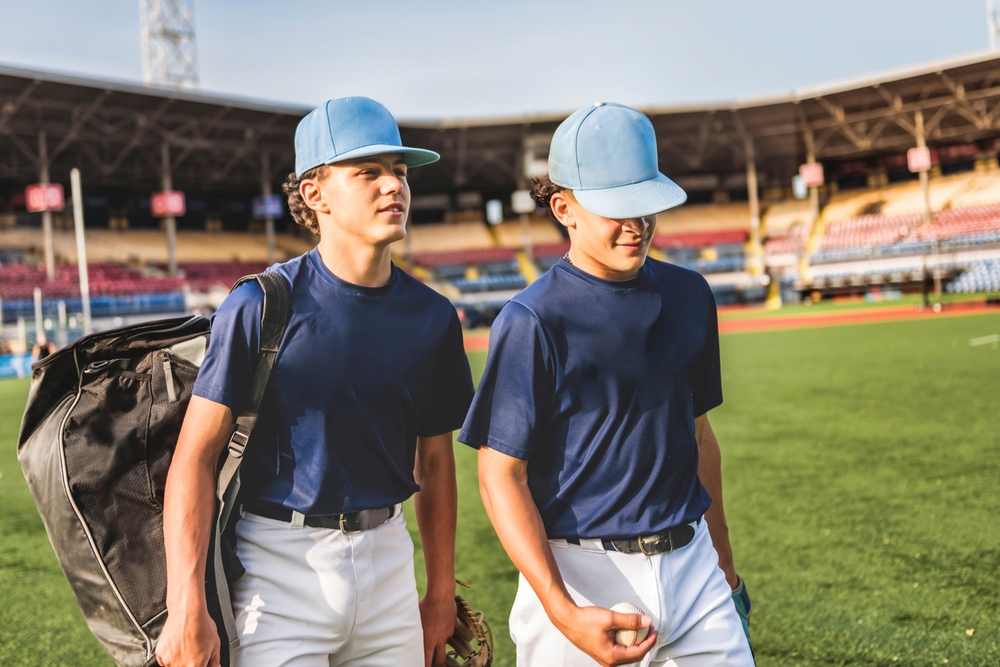
Safety should always be a top priority for your youth baseball player.
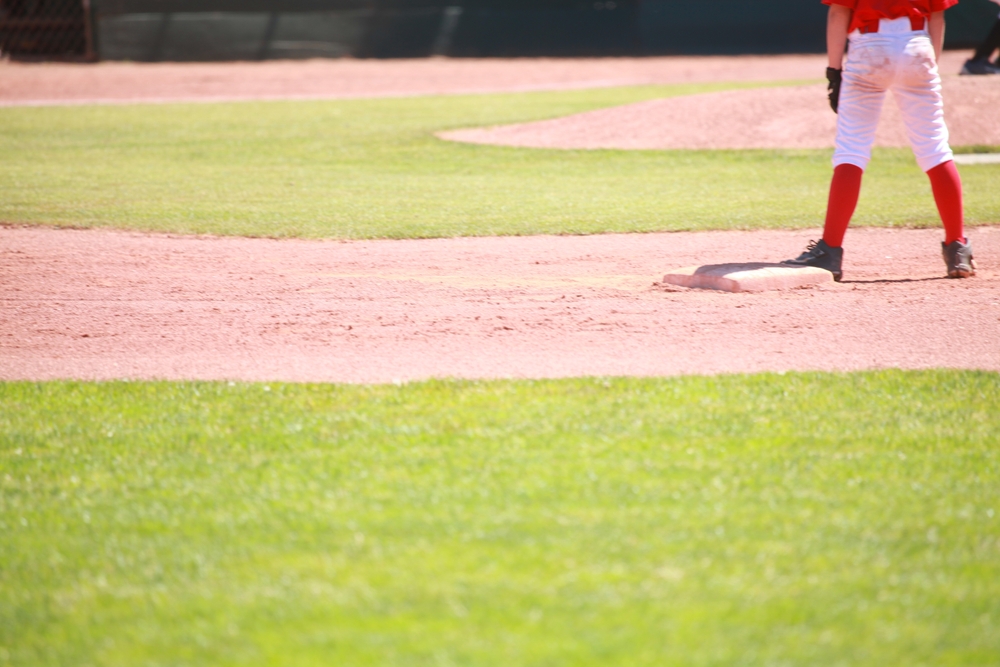
Remember, the goal of strength training is to put muscles to good use on the baseball field.
Ballparks of America is a world-class youth travel baseball experience. If you have any questions or want to book your team for a tournament, contact us at Ballparks of America or call (417) 464-6333.